Table of Contents
Toggle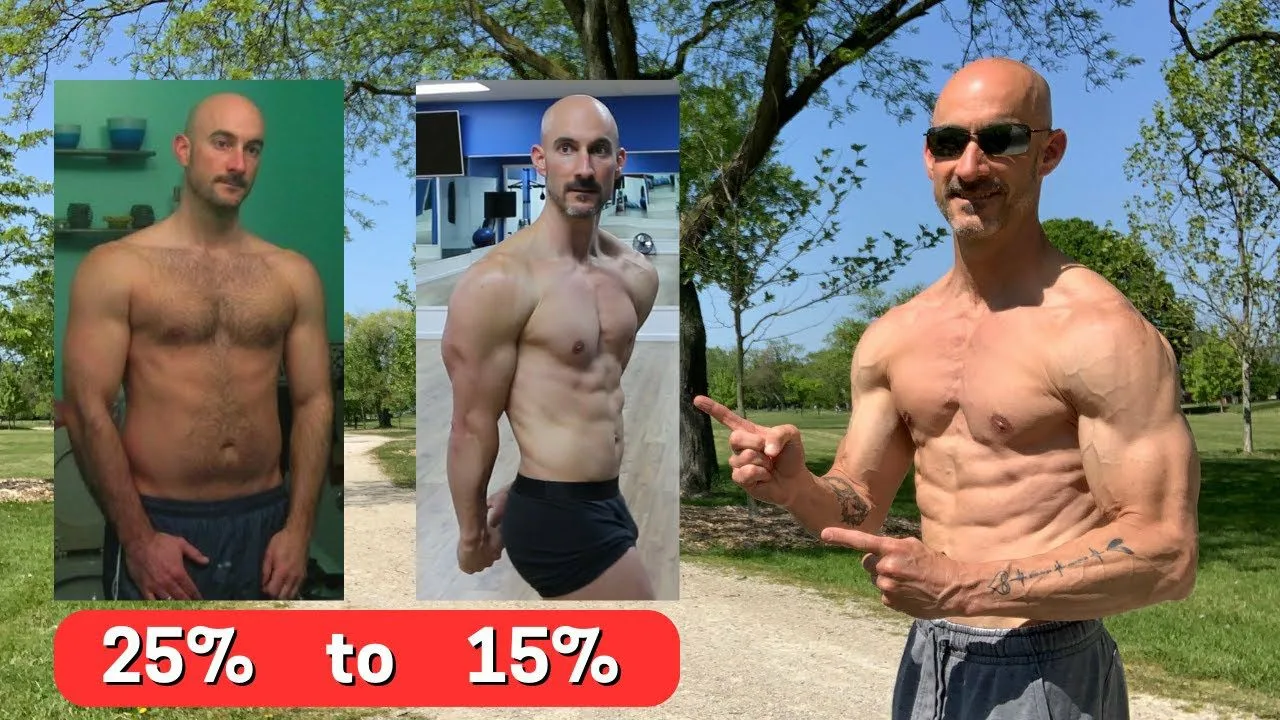
Body fat percentage is a key indicator of overall health and fitness. For many, reducing body fat is not just about looking good. It is also about feeling healthier. It involves boosting energy levels. Additionally, it lowers the risk of diseases associated with obesity. If your current body fat percentage is around 25%, aim for 15%. It is a fantastic goal that will take time, effort, and consistency.
In this blog, we will break down the science and practical steps on how to reduce body fat percentage from 25 to 15, covering nutrition, exercise, and lifestyle tips that will support you along your slimming journey.
Understanding Body Fat Percentage
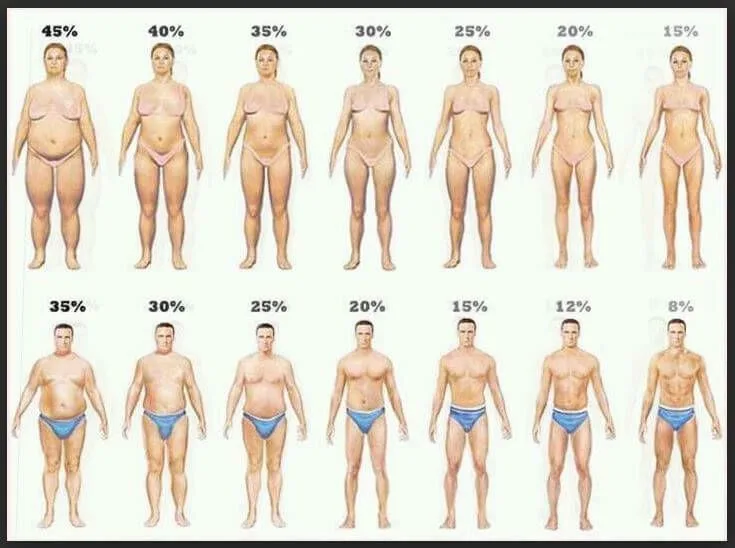
Before diving into how to lower your body fat, it is essential to understand what it means. Body fat percentage refers to the amount of fat in your body relative to your total weight. A body fat percentage of 25% typically means one-quarter of your body’s weight is composed of fat. At 15%, that number is significantly lower, indicating a leaner physique and often a higher muscle-to-fat ratio.
For men, 25% body fat is considered on the higher side of average. In contrast, 15% is seen as lean and athletic. For women, these percentages differ slightly because of natural body composition differences. A 25% fat percentage is still average for them. A 15% fat percentage is considered very lean for women.
Step 1: Focus on Nutrition First
When it comes to reducing body fat, what you eat is crucial. Achieving a 10% reduction in body fat requires a strategic approach to your diet. Focus on creating a calorie deficit. Consume nutrient-dense foods. Avoid processed junk that leads to fat accumulation.
1. Caloric Deficit Is Key
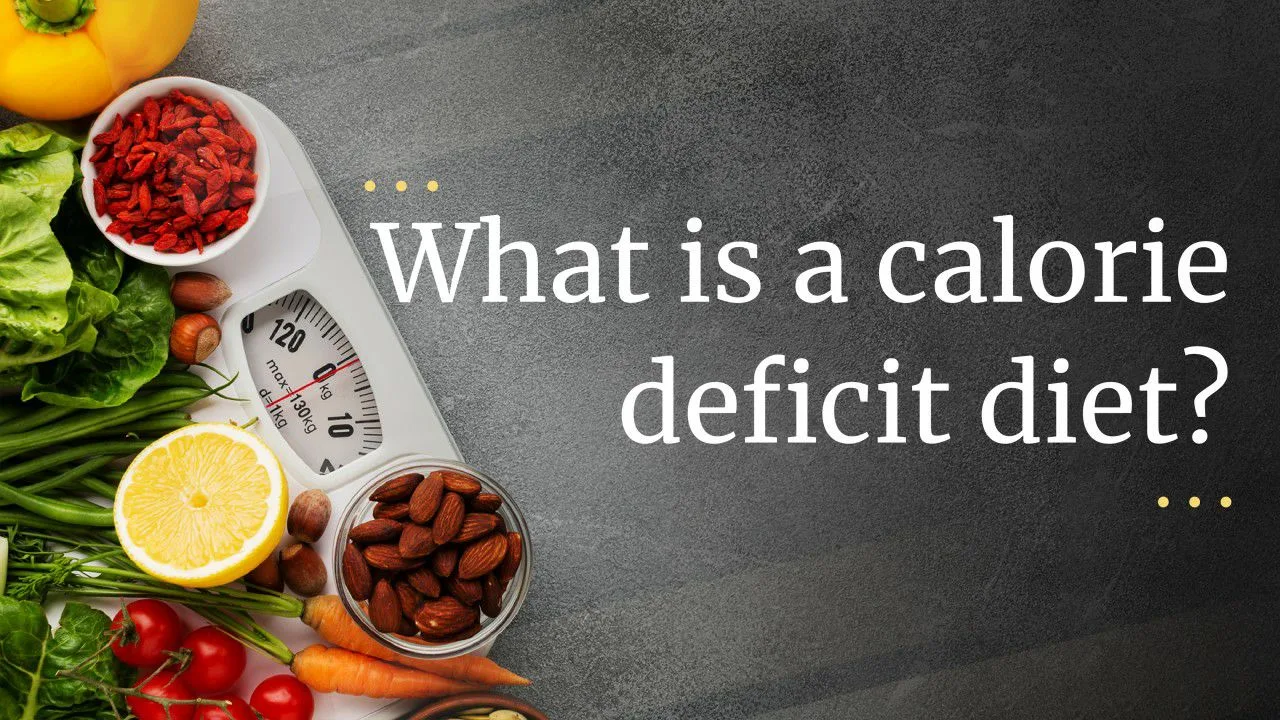
To lose body fat, you need to burn more calories than you consume, known as a caloric deficit. Start by calculating your Total Daily Energy Expenditure (TDEE). This includes your Basal Metabolic Rate (BMR) and the calories you burn through activity. Once you know your TDEE, reduce your daily intake by 300-500 calories. This gradual reduction ensures sustainable fat loss without the risks of muscle loss or metabolic slowdown.
2. Prioritize Protein
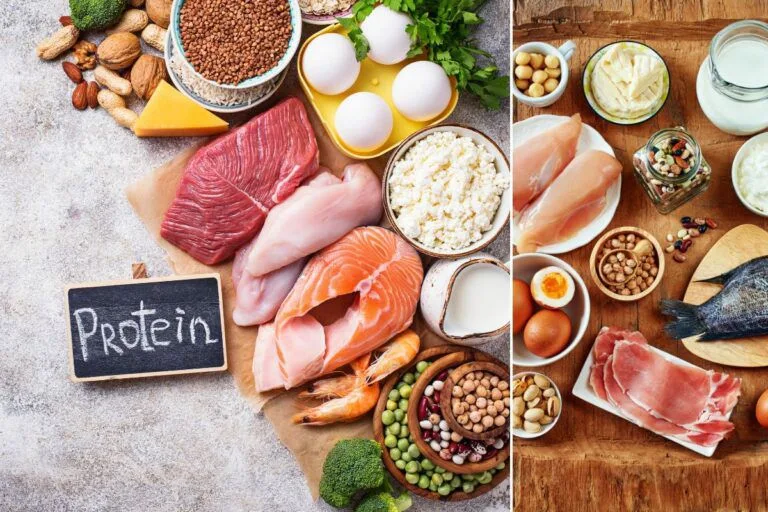
Protein plays a significant role in fat loss. It helps preserve muscle mass, which is crucial when you’re losing fat, and keeps you feeling full for longer. Aim to consume at least 1.2-2.0 grams of protein per kilogram of body weight daily. Include lean sources such as chicken, fish, eggs, tofu, and legumes in your diet. Protein also has a thermic effect, meaning it takes more energy to digest, indirectly boosting fat loss.
3. Incorporate Healthy Fats
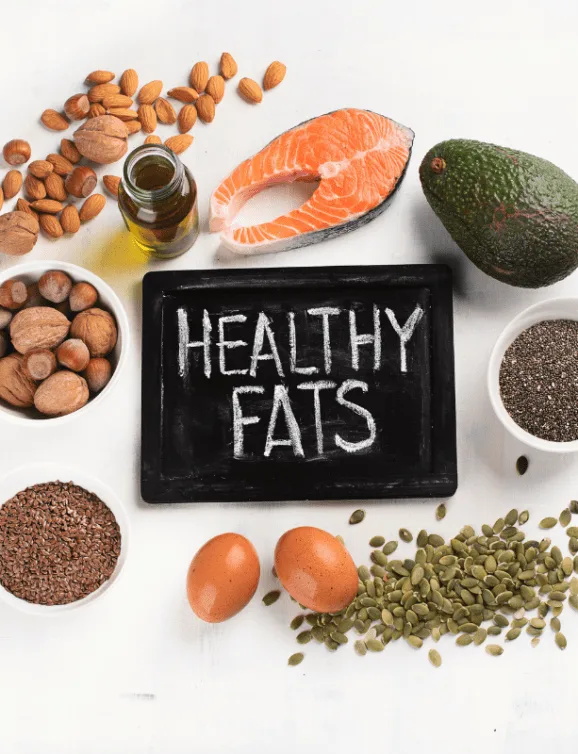
Contrary to popular belief, dietary fat does not make you fat. Healthy fats come from avocados, olive oil, nuts, and fatty fish. They help regulate hormones. They also keep your metabolism running efficiently. Healthy fats also promote satiety, making it easier to maintain a caloric deficit.
4. Control Carbohydrate Intake
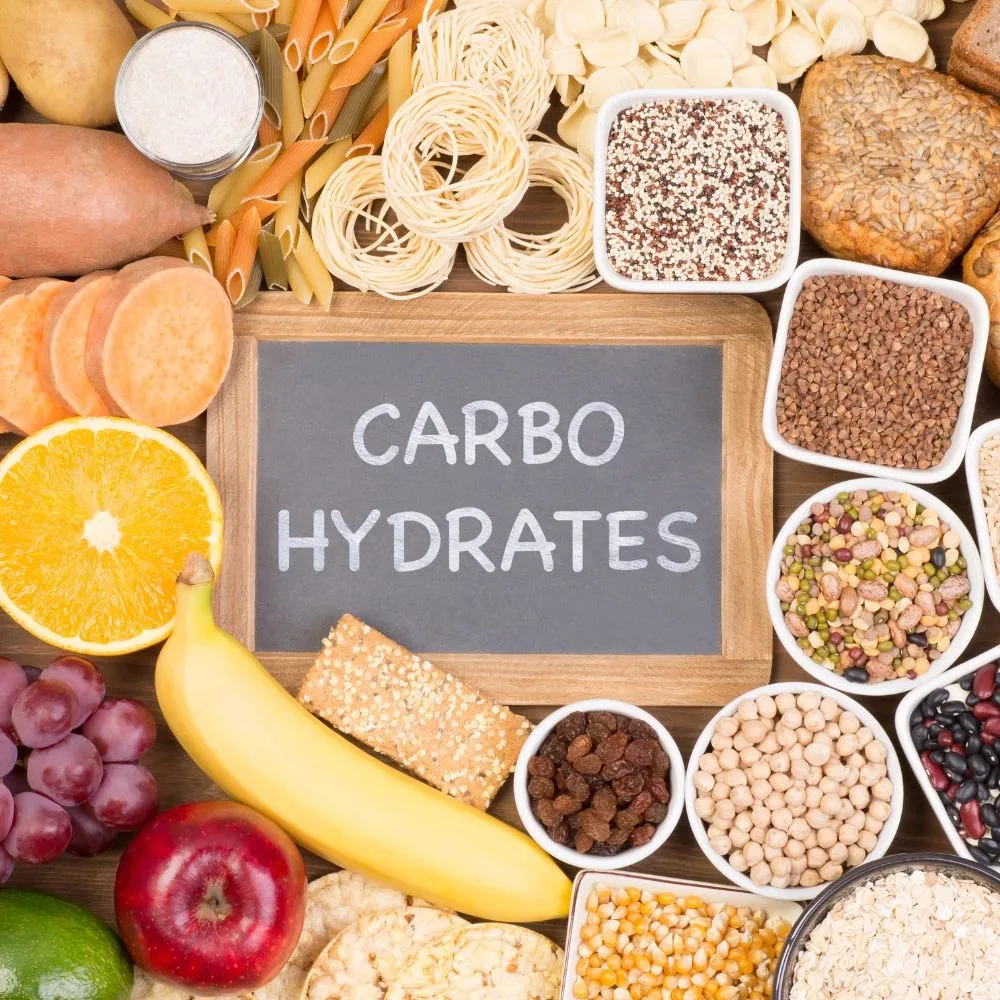
While carbohydrates are not the enemy, controlling the type and timing of carbs can accelerate fat loss. Focus on whole, unprocessed carbs like vegetables, sweet potatoes, and whole grains. Avoid refined carbs like white bread and sugary snacks. Eating carbs around your workouts helps fuel your performance and replenish glycogen stores without leading to fat storage.
5. Hydration

Drinking enough water is vital in your fat-loss journey. Water helps regulate metabolism, flush out toxins, and control hunger. Aim to drink at least 2-3 liters of water daily, adjusting for exercise and climate conditions.
Step 2: Exercise – Burn Fat, Build Muscle
While nutrition is the foundation of fat loss, exercise is crucial to accelerate the process. It helps maintain muscle mass and improve body composition. A combination of strength training and cardiovascular exercises will help you drop body fat effectively.
1. Strength Training for Muscle Preservation

Muscle is more metabolically active than fat, meaning the more muscle you have, the more calories you burn at rest. Strength training should be your priority in reducing body fat percentage while maintaining or even building lean muscle mass. Aim for at least 3-4 strength training sessions per week, focusing on compound movements like squats, deadlifts, presses, and rows. These exercises engage multiple muscle groups, maximizing calorie burn and muscle engagement.
2. Cardio for Calorie Burn

Cardiovascular exercise can help increase your daily calorie expenditure, which is vital for creating that caloric deficit. However, the key is balance. Too much cardio without strength training can lead to muscle loss. Instead, incorporate 2-3 sessions of moderate-intensity cardio or high-intensity interval training (HIIT) per week. HIIT is especially effective in burning fat. It also helps preserve muscle. This is due to its short bursts of intense activity followed by rest.
3. Active Recovery and Flexibility

Don’t forget about recovery days. Incorporating activities like walking, yoga, or light stretching on your rest days helps improve flexibility. These activities also reduce muscle soreness. They keep your metabolism humming without overworking your body. Active recovery also aids in managing stress, which can help reduce cortisol levels (a hormone associated with fat storage).
Step 3: Lifestyle Habits to Support Fat Loss
Beyond diet and exercise, lifestyle factors play an essential role in helping you reduce your body fat percentage. The following tips will enhance your results and make your fat-loss journey more sustainable.
1. Prioritize Sleep

Sleep is often overlooked in fat-loss strategies, but it’s crucial. Poor sleep disrupts hormone regulation, particularly those related to hunger and fat storage (ghrelin and leptin). Aim for 7-9 hours of quality sleep per night to allow your body to recover and optimize fat loss.
2. Manage Stress

High-stress levels lead to elevated cortisol, which can increase fat storage, especially around the abdomen. Practice stress management techniques. Try meditation, deep breathing, or mindfulness. These can keep cortisol in check and support your fat-loss goals.
3. Track Your Progress
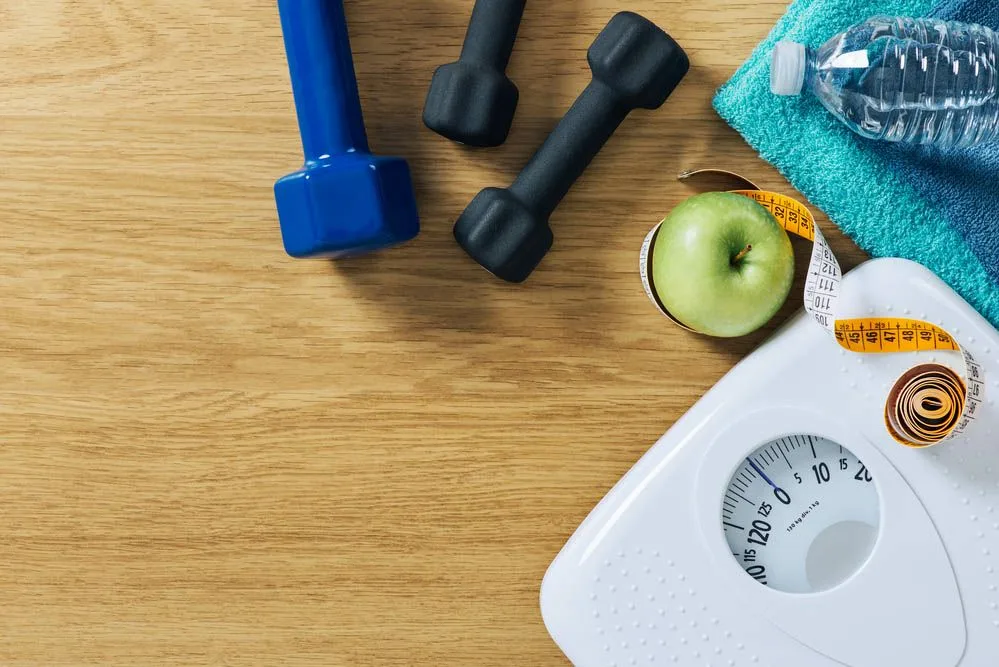
Consistency is key, and tracking your progress can keep you motivated. Use a body fat scale or calipers to measure your body fat percentage every 2-4 weeks. Additionally, track your workouts, daily food intake, and other metrics like how you feel or how your clothes fit. This will help you stay accountable and make necessary adjustments along the way.
4. Stay Consistent and Patient
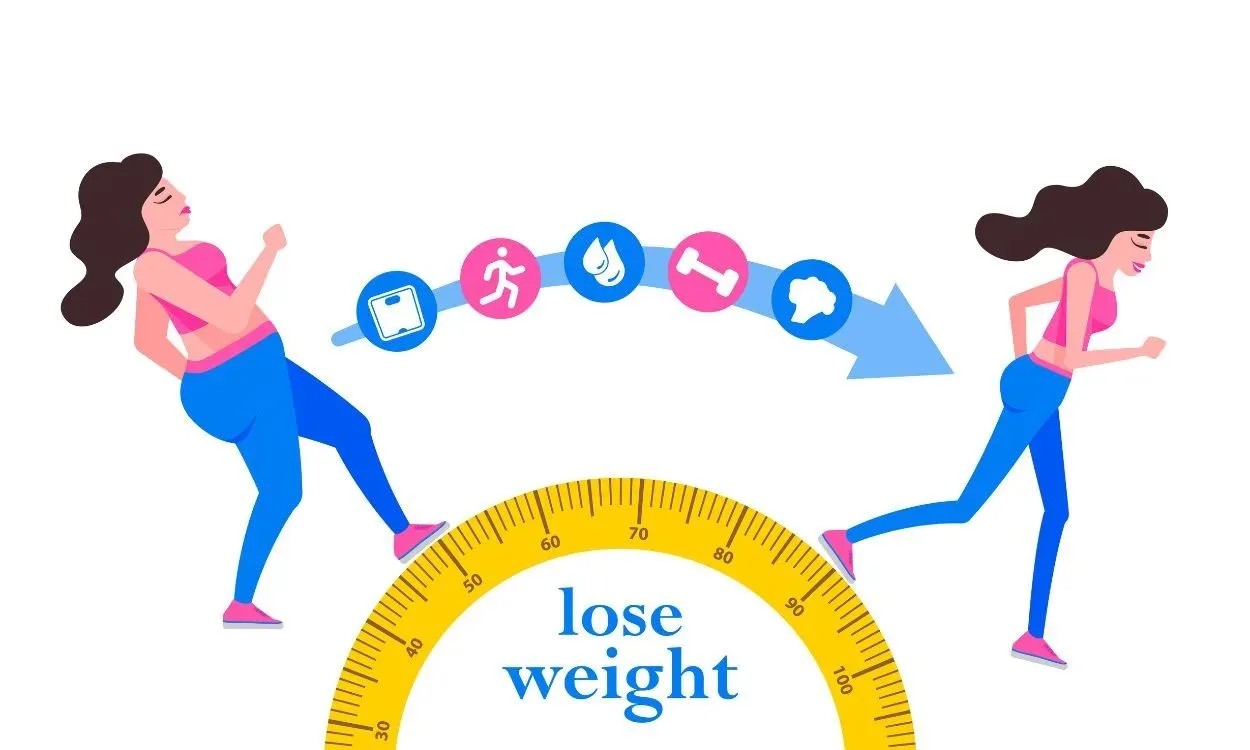
Achieving a reduction in body fat percentage from 25% to 15% takes time. Depending on your starting point, it may take several months to see significant results. Remain steady with your nutrition, exercise, and lifestyle habits. Do not be tempted by quick fixes like fad diets or extreme workouts that promise overnight results.
Conclusion
educing your body fat percentage from 25% to 15% is an achievable goal with the right approach. Focus on a calorie deficit first. Eat a balanced diet rich in protein and healthy fats. Engage in strength and cardiovascular training. Manage lifestyle factors like sleep and stress. By doing these, you can transform your body over time.
Remember, fat loss is a marathon, not a sprint. Be patient with yourself, and celebrate the small victories along the way. Good habits will help you reach your target. They will also allow you to maintain a healthy, lean physique in the long run.
Thanks for reading!
Author: Vijay Budhlakoti
Slim Down Guide
FAQS:
Here are some FAQs to complement your blog on how to reduce body fat percentage from 25 to 15:
1. How long does it take to reduce body fat percentage from 25% to 15%?
The time frame to reduce body fat from 25% to 15% varies. It depends on factors like your starting point and metabolism. Consistency with diet and exercise is also important, as well as how much fat you aim to lose. On average, this process can take anywhere from 3 to 6 months. This assumes you maintain a calorie deficit. It also assumes you follow a consistent exercise routine.
2. What’s more important for fat loss, diet or exercise?
Both diet and exercise are critical for reducing body fat. However, diet plays a more significant role because it directly affects your calorie intake. Exercise is essential for preserving muscle mass, increasing calorie burn, and improving overall body composition. A combination of the two will yield the best results.
3. Do I need to follow a low-carb diet to reduce body fat?
No, you don’t need to follow a low-carb diet to reduce body fat. What’s important is creating a calorie deficit. However, controlling carbohydrate intake can help manage blood sugar levels. Choosing whole, unprocessed carbs supports fat loss without depriving your body of energy.
4. Will strength training make me bulky instead of lean?
No, strength training will not make you bulky. Instead, it helps you build lean muscle mass, which is crucial for achieving a lower body fat percentage. Muscle takes up less space than fat. As you gain muscle and lose fat, you will look leaner and more toned, not bulky.
5. Can I lose body fat without cardio?
While cardio can help increase calorie expenditure and improve heart health, it is not strictly necessary for fat loss. Strength training combined with a proper diet is effective at lowering body fat. However, incorporating some form of cardiovascular exercise, like HIIT or moderate cardio, can accelerate fat loss and improve overall fitness.
6. How can I prevent muscle loss while reducing body fat?
To prevent muscle loss while reducing body fat, focus on:
- Eating enough protein (1.2-2.0 grams per kilogram of body weight)
- Engaging in regular strength training
- Not excessively cutting calories
- Getting adequate sleep and recovery
These strategies will help you preserve lean muscle mass as you lose fat.
7. Is intermittent fasting effective for lowering body fat percentage?
Intermittent fasting can be an effective tool for fat loss if it helps you maintain a calorie deficit. The key benefit is that it simplifies meal timing. This simplification can make it easier for some people to control calorie intake. However, the success of intermittent fasting depends on the quality of your food choices and overall consistency.
8. Should I avoid fats in my diet when trying to lose body fat?
No, healthy fats are essential for overall health and fat loss. They help regulate hormones, improve metabolism, and keep you satiated. Consume healthy fats from sources like avocados, nuts, seeds, olive oil, and fatty fish. Avoid trans fats and processed fats.
9. How important is sleep for reducing body fat?
Sleep is crucial for fat loss. Lack of sleep can disrupt hormones that regulate hunger and fat storage, leading to overeating and fat gain. Aim for 7-9 hours of quality sleep per night to support your body’s recovery and optimize fat loss.
10. Can stress prevent me from losing body fat?
Chronic stress can hinder fat loss. It raises cortisol levels, a hormone associated with fat storage, particularly around the abdominal area. Managing stress can help lower cortisol levels. Practices like meditation, deep breathing, or physical activity are effective methods. These approaches can improve fat loss outcomes.

